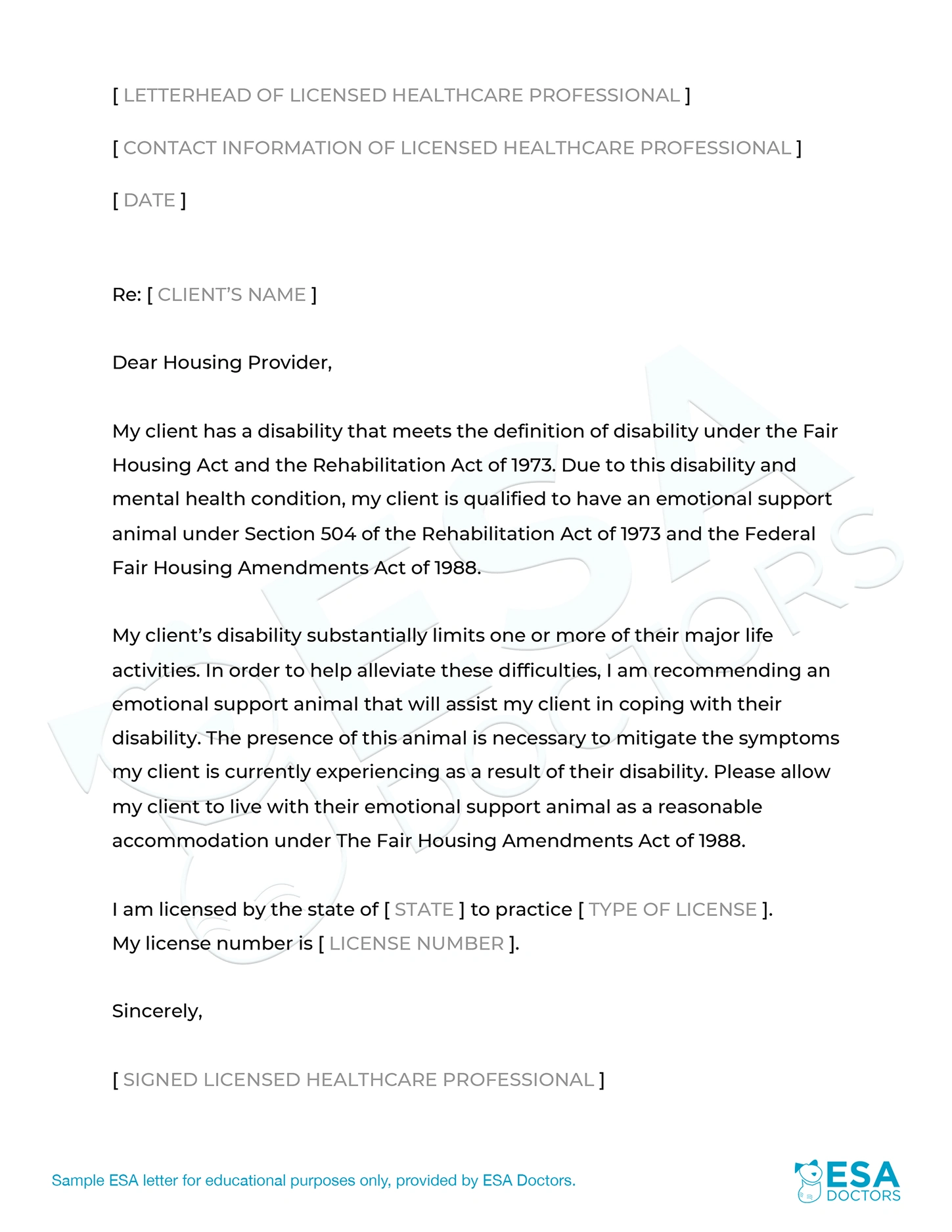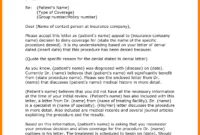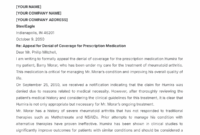Navigating the world of housing with an emotional support animal (ESA) can sometimes feel like a complex journey. Many people rely on their beloved ESAs for crucial emotional comfort and support, which can be essential for their well-being. However, explaining this need to landlords or housing providers often requires specific documentation, and that’s where an ESA letter comes into play. It acts as a bridge, legally affirming your need for your animal companion under housing laws.
Understanding the requirements for this letter, what information it must contain, and how to present it correctly can be a bit daunting. This is precisely why having access to a reliable esa letter template for housing can be incredibly beneficial. It simplifies the process, ensures you don’t miss any critical details, and helps you approach your housing situation with confidence and clarity, knowing you have the right documentation in hand.
Understanding the Essentials of an ESA Letter for Housing
An ESA letter is more than just a note from a doctor; it’s a formal document from a licensed mental health professional (LMHP) that verifies your need for an emotional support animal due to a recognized mental or emotional disability. This professional could be a psychiatrist, psychologist, therapist, clinical social worker, or even a general practitioner in some cases, provided they are qualified to assess and diagnose mental health conditions. The letter essentially establishes the link between your condition and the animal’s role in alleviating its symptoms, a crucial step for housing accommodations.
The primary reason these letters are so vital for housing is due to protections offered by the Fair Housing Act (FHA) in the United States. The FHA prohibits discrimination in housing based on disability, and this includes making reasonable accommodations for individuals with disabilities, such as allowing emotional support animals even in properties with “no pets” policies. Without a legitimate ESA letter, housing providers are not obligated to grant such an accommodation, which could leave you and your ESA without suitable living arrangements.
For an ESA letter to be considered valid and effective for housing purposes, it must contain specific information that clearly outlines your need and the professional’s credentials. Simply stating you “need” an animal is not enough; the letter needs to be thorough and professional to withstand scrutiny and comply with legal requirements. Overlooking any of these key details could lead to delays or even rejection of your accommodation request, creating unnecessary stress.

Key Information to Include in Your ESA Letter
- The full name and license number of the licensed mental health professional (LMHP) who issued the letter.
- The LMHP’s contact information, including their phone number and professional letterhead.
- A clear statement that you have a mental or emotional disability recognized by the DSM-5 (Diagnostic and Statistical Manual of Mental Disorders).
- An explanation of how your emotional support animal alleviates symptoms associated with your disability.
- A statement that the animal is necessary for your mental health and that without it, your ability to live independently would be significantly impaired.
- The date the letter was issued and the LMHP’s signature.
Ensuring that your ESA letter includes all of these components is paramount. Landlords and housing providers are within their rights to request verification of the letter’s legitimacy, and a comprehensive document makes that process much smoother. Always prioritize working with a reputable LMHP who understands the legal requirements for these important letters.
How to Use an Esa Letter Template for Housing Effectively
Using an esa letter template for housing can be a real time-saver and provide much-needed clarity when you’re preparing your accommodation request. These templates are designed with the legal requirements in mind, providing a clear framework that ensures all necessary information is included. This reduces the risk of overlooking critical details that could otherwise lead to your request being denied or delayed, making the entire process less stressful for you. A good template acts as a checklist, guiding you and your mental health professional through what needs to be stated.
Once you have a suitable template, the next step involves collaborating with your licensed mental health professional. The template will have placeholders for their professional details, their diagnosis, and how your ESA specifically supports your well-being. It’s important to remember that while the template provides the structure, the content – particularly the professional assessment and recommendation – must come directly from your LMHP. They will review the template, fill in the necessary medical and professional information, and ultimately sign off on the letter, giving it legal weight.
Finding a reputable LMHP to issue or sign your letter is crucial. Be wary of online services that promise instant ESA letters without any genuine assessment or consultation. A legitimate ESA letter comes from a professional who has an established therapeutic relationship with you or has conducted a proper evaluation. Your LMHP’s professional ethics and legal compliance are as important as the letter’s content itself, ensuring that your accommodation request is valid and respected by housing providers.
After your LMHP has completed and signed your letter, you’re ready to present it to your landlord or housing provider. It’s generally a good idea to do this in writing, keeping a copy for your records. Be prepared to answer questions, though remember that housing providers cannot ask about the specific nature of your disability or demand that your ESA perform tasks. Their inquiries should be limited to verifying the legitimacy of the letter and ensuring the animal does not pose a direct threat to the health or safety of others, or cause substantial property damage.
Securing a valid and well-crafted ESA letter is an empowering step towards ensuring your emotional support animal can live with you, free from discrimination. By understanding the essential components and utilizing helpful resources like an esa letter template for housing, you can navigate the process with greater confidence. This documentation not only fulfills legal requirements but also clearly communicates your legitimate need for your animal companion.
Embrace the peace of mind that comes with having your ESA by your side, knowing you have taken the necessary steps to secure your housing rights. Your well-being is paramount, and your emotional support animal plays a significant role in that, making the effort to obtain proper documentation a worthwhile endeavor for a harmonious living situation.



